New Trend in the Use of Water-Based Stains
In the past, stains were generally oil-based. This was the accepted norm even though they were challenging to use, especially for the DIY user. An oil-based stain is not easy to work with; it's difficult to remove from brushes, clothes, and even skin. It is odorous, and the odors last a long time, especially when in close quarters indoors. The do it yourself, home improvement person or craftsman was used to these products despite the disadvantages.
Today, water-based coatings have become more and more popular and are a growing business worldwide. Some measures estimate over a 4 billion dollar increase in the sale of furniture wood coating expected to happen by 2021. They attribute this to the fact that the housing market has seen a steady recovery. In general, the world population has increased. People need all kinds of furniture, and wood is still the preferred material for tables, chairs, bookshelves, etc. when decorating homes, offices, hotels, and some outdoor furniture. With that increase, the use of water-based stain products is booming. Outdoor decks and docks that suffer the wear of sun, rain, and harsh weather are often still made from wood and water-based stains, and coatings are now being used in those applications.
One of the main reasons for the increased interest in water-based stains and wood coatings is the growing desire for more eco-friendly furniture, decks, and craft projects. Coatings with lower VOC emissions are better for the environment. Therefore, the trend is in the development of new water-based resins with low VOCs that are more sustainable and create minimal, adverse effects on the environment.
More forceful legislation to protect the environment over the last decade has also been a driving factor in the increased interest in using less harmful products in the wood staining field. These products' quality and performance have continued to improve, and using water-based stains have become far more common practice than in the past.
Worldwide use of water-based products has increased as well as in the United States. Asia, particularly China, has moved toward this technology that is noted for its durability and that it is more eco-friendly. Using renewable resources rather than petrochemical products for wood stain coatings has been on the uptick and rising. The world is accepting that sustainable living is a must. Consumers are seeing the need to move toward a more sustainable life and are taking this very seriously.
Because consumers are more often in alignment with the growing trend to adopt greater sustainable living practices, water-based coatings' marketing has also increased. People all over the globe are seeking eco-friendly products. This trend is expected to continue, and water-based wood coatings, especially in the residential furnishings market, are a big part of that.
Whether they are buying the finished product, hiring someone to refinish furniture and wood surfaces, or doing it themselves, most consumers tend to go for a high-gloss finish for indoor and outdoor applications, be it furniture, decks, or handcrafted items. Water-based stains can offer high gloss without some of the negative impacts of oil-based stains.
There has been a lot of particularly negative publicity surrounding the use of formaldehyde in general and, in particular, regarding wood coatings. Formaldehyde is commonly found in some resins used in plywood, particleboards, and fiberboards. Formaldehyde is also found in many lacquers and coatings used on wood furniture. It is even found in some paints. This colorless, flammable gas has a strong odor. It can be harmful to people who have asthma as well as cause eye and nasal irritation. In extreme cases, formaldehyde can affect the lungs and has even been tied to certain types of cancer. The current trend is to move away from products that use this substance and move toward eco-friendly, far less harmful products, especially in the home.
In the United States, particularly in California, limitations on formaldehyde have become more prevalent. Limiting VOCs and flammable substances are also on the rise, making low odor and more flexible coatings more prevalent than in previous applications.
Consumers and professionals alike seek to use wood coatings that are low in odor, non-combustible, non-flammable, and eco-friendly. Water-based stains are easy to apply and clean up and can be created in various color tones. These factors account for their continuing rise in popularity.


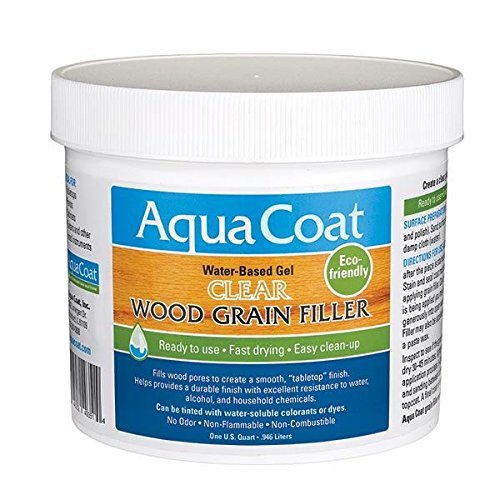
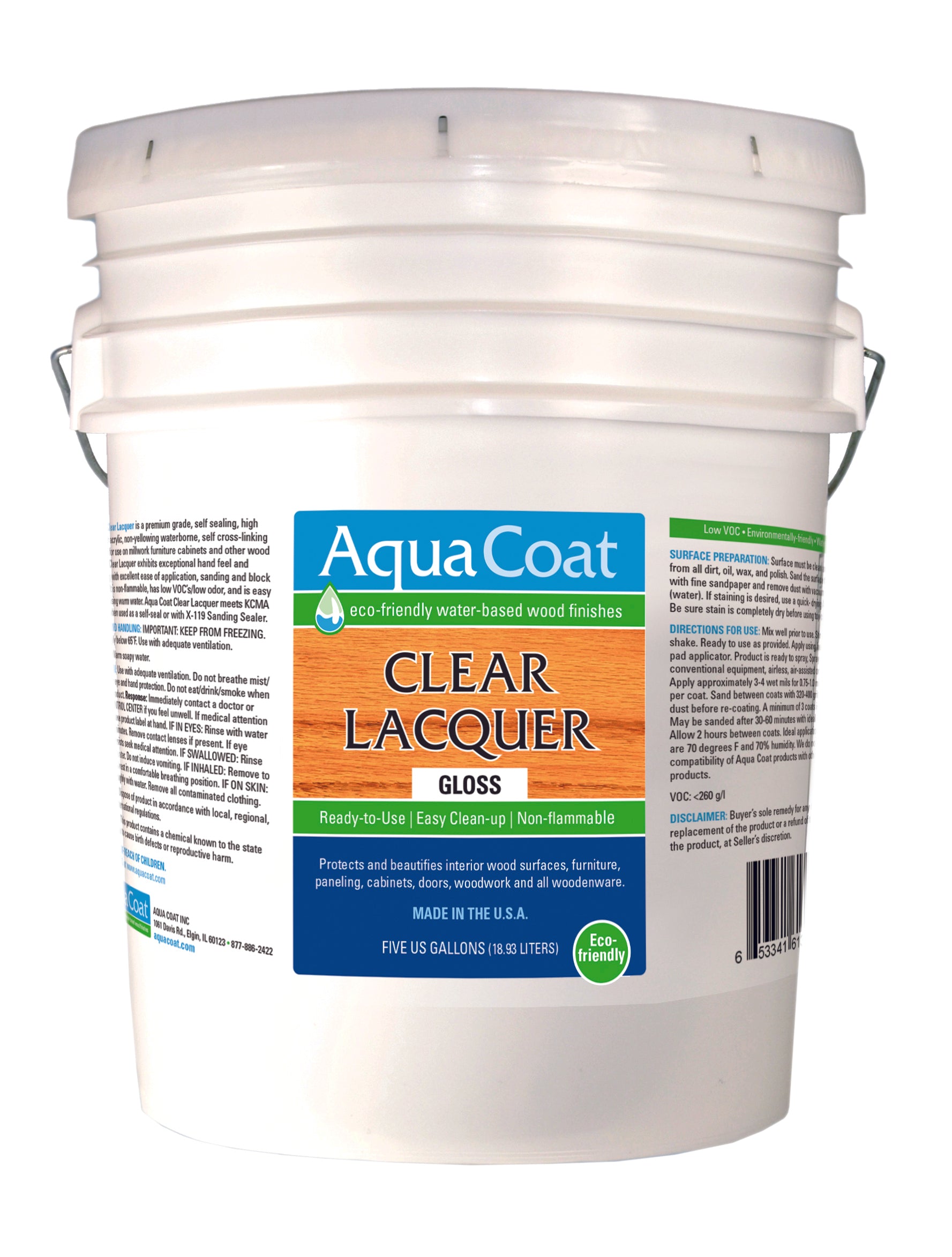
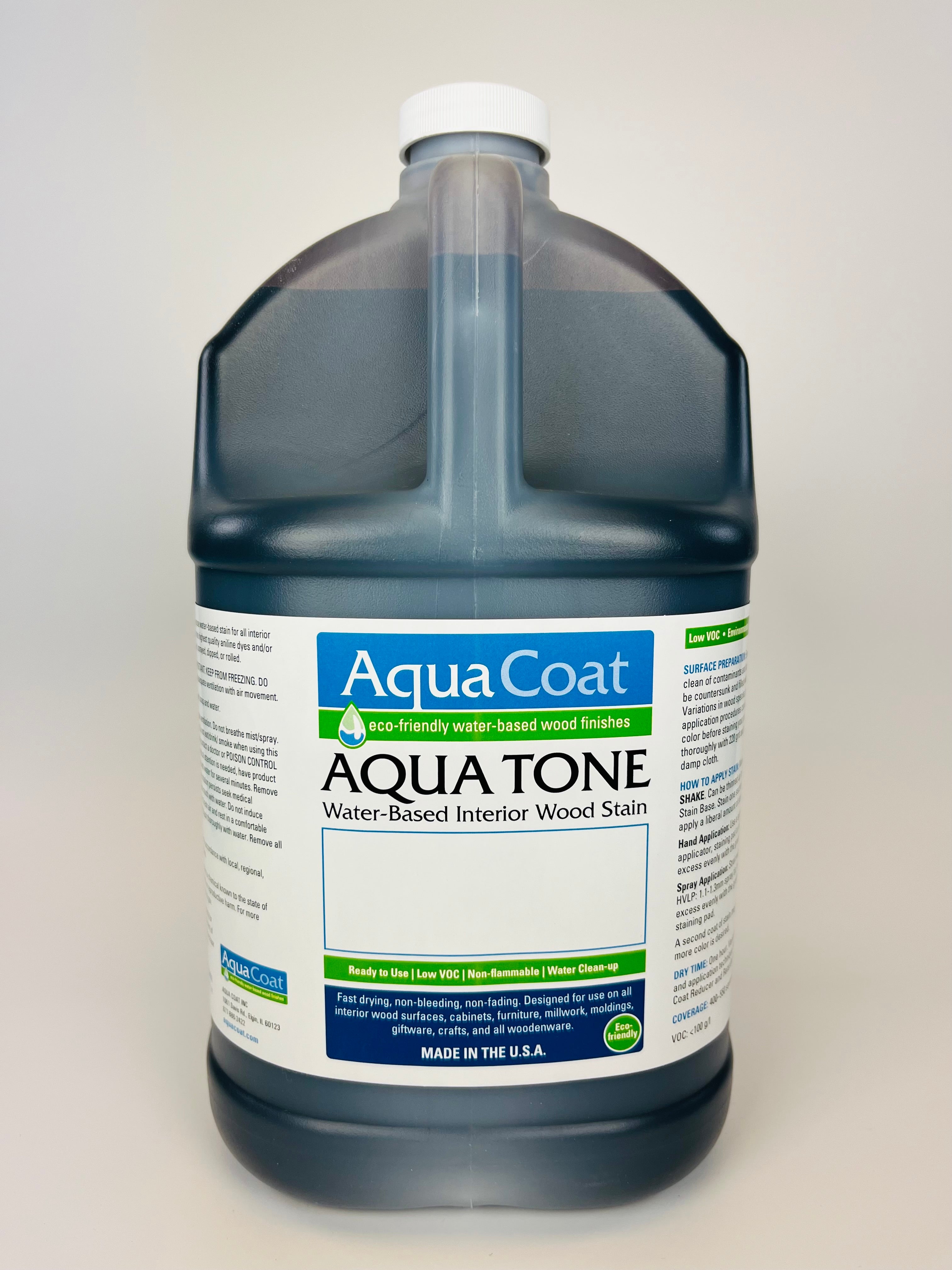
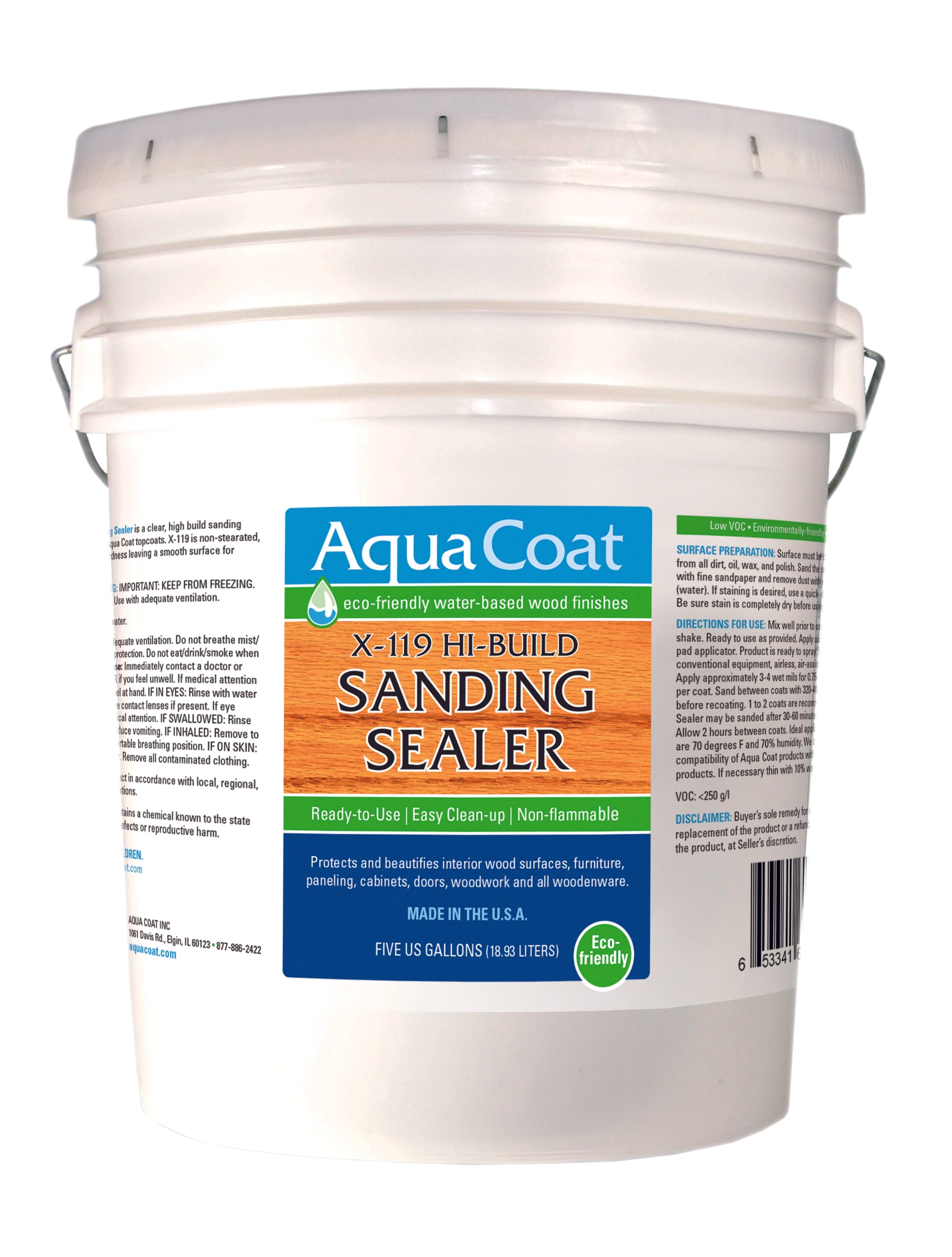
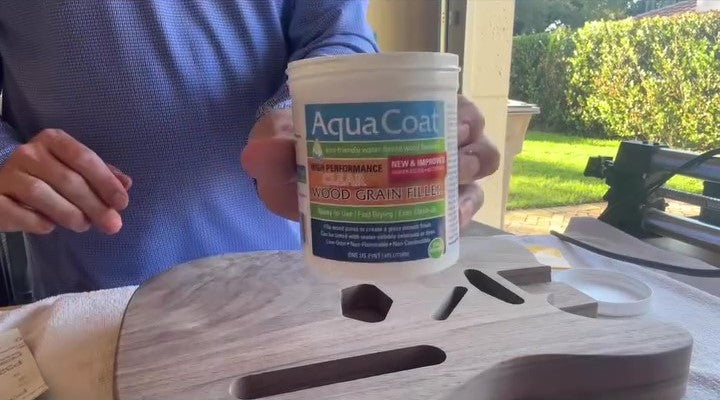

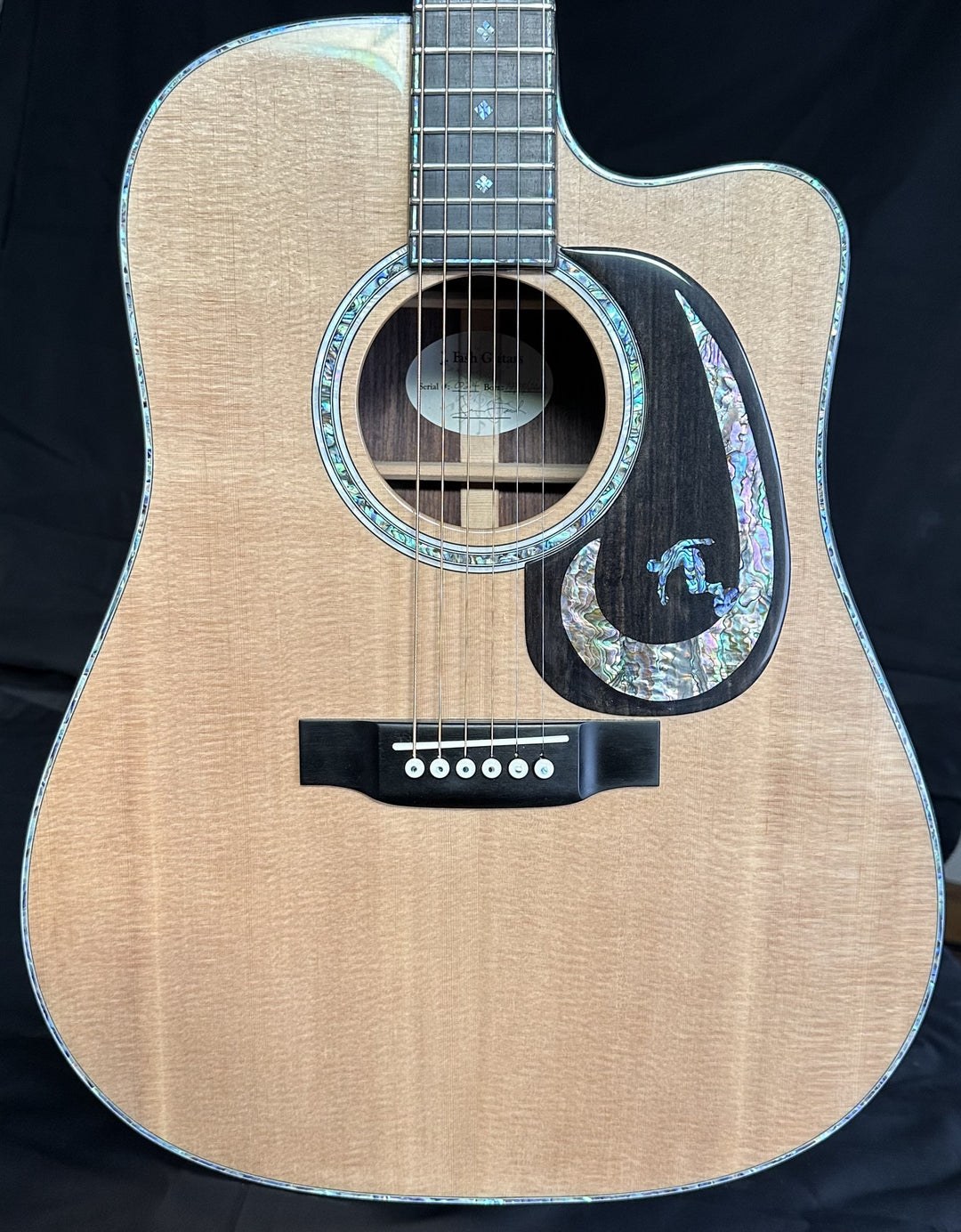
Leave a comment